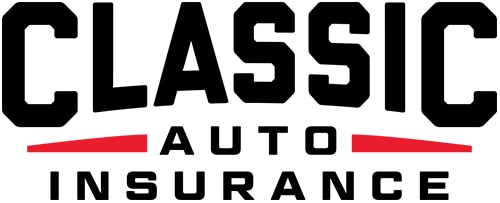 Expert Advice for Booking Car Transport
Expert Advice for Booking Car Transport
Closed Carriers Offer Security for a Price
Transport Brokers Use Independent Carriers


7 Things to Do Before Booking a Carrier
1. Research – In addition to looking online, talk to others to learn from their experiences. Check with major auction companies, museums, restorers and local car club members for recommendations. Classic car owner online forums are an excellent source of information. Also, read reviews on transportreviews.com or the Better Business Bureau.
2. Ask Questions – When you narrow your selection, call and ask questions. Are they licensed and bonded? How long have they been hauling cars? Do they offer door-to-door service? What are their additional fees?
3. Check Their Record – Once you have picked a company, use the DOT number listed on their website to check their safety record with the Federal Motor Carrier Safety Administration (FMCSA). If they do not display this number, select another company.
4. Compare Rates – Most reliable companies have competitive pricing. Beware of low-ball quotes. They often come with hidden fees such as charges for loading (and unloading) non-working cars or shipping spare parts in the trunk.
5. Review the Contract – Be sure to get your contract in writing beforehand. Go over additional charges and ask any questions you have before signing.
6. Check Your Insurance – Most carriers are only responsible for losses caused by their negligent actions. They will not cover damage to your classic car in the event of a natural occurrence like hail or fire. Be sure you have Agreed Value coverage on your insurance.
7. Book Early – Car carriers do not run on a regular schedule. If you are heading to a big Concours event, book early. The truck will not depart until fully booked. It can take days or weeks.

How to Prepare Classic Cars for Transport
• Perform Maintenance – Take care of minor repair work like leaky hoses, low tire pressure and dead batteries. Check your antifreeze and adjust accordingly for the car’s destination. If you are selling the car as is, list all broken items on the inspection sheet.
• Clean Your Car – Both you and the driver will do a pre-shipment inspection. A clean car allows you to do a proper walk-around.
• Remove Valuables – Do not leave original owner manuals in the glove box. Detach any removable emblems. Take loose items out of the truck to avoid damage.
• Disconnect Alarms – If you have an alarm on your collector car, disconnect it or discuss it with the driver.
• Empty the Gas Tank – The maximum limit of fuel is a quarter of a tank.
• Take Photos – Document the condition of your car before departure.






